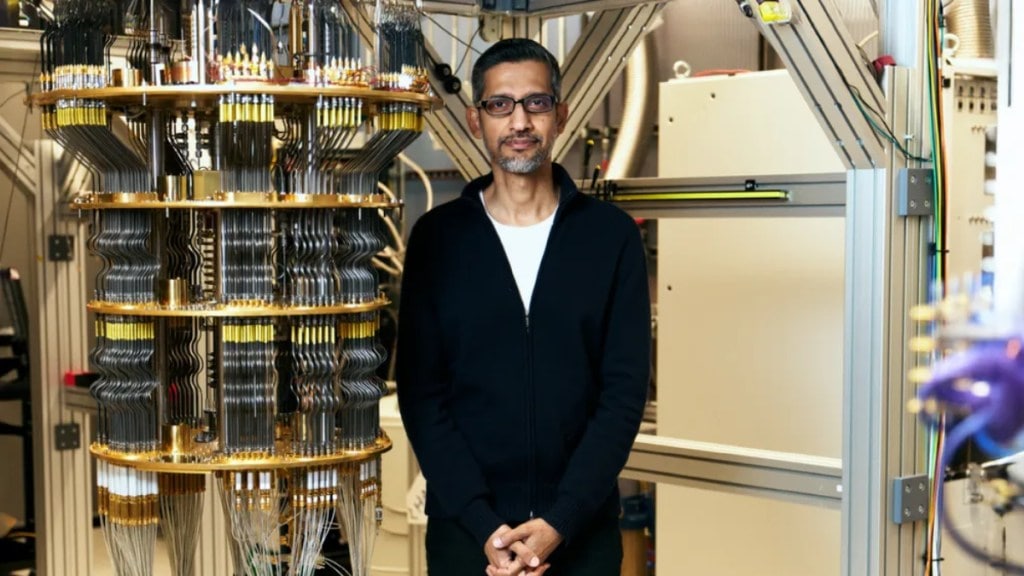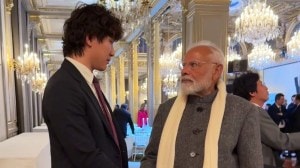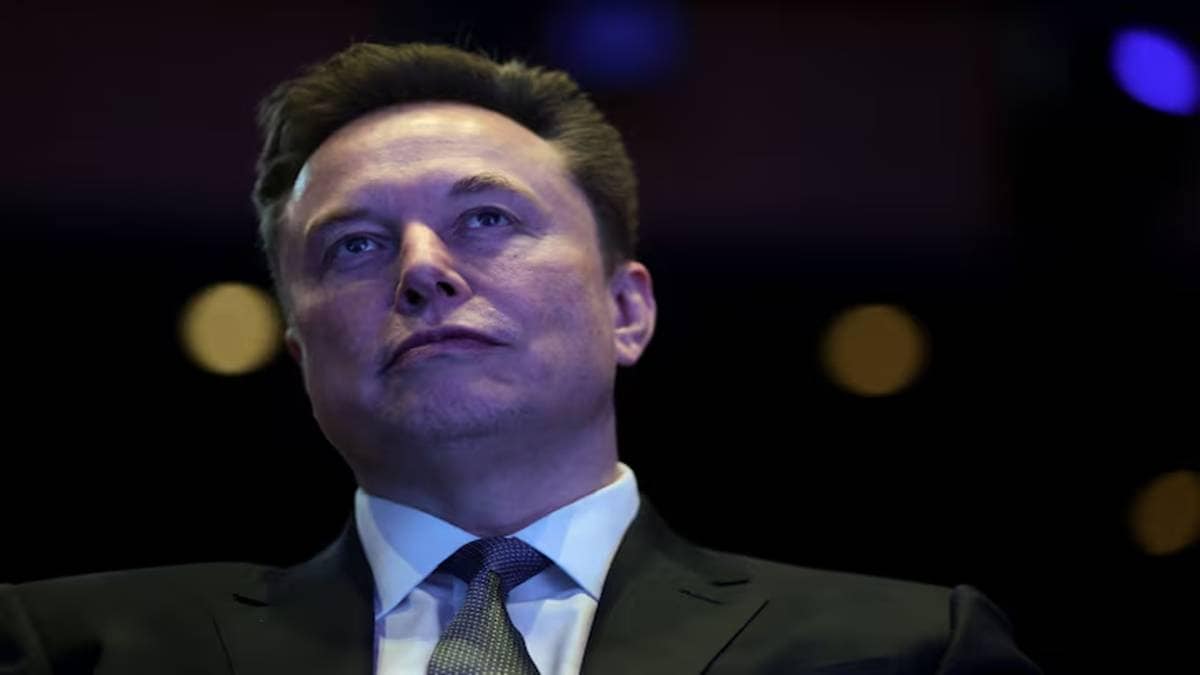Google has taken a notable leap in quantum computing with its Willow quantum chip. In a public announcement on X, Google parent Alphabet CEO Sundar Pichai revealed a landmark breakthrough in the field of quantum computing – the company’s Willow quantum chip has achieved the world’s first verifiable quantum advantage.
Detailed in a paper published in Nature, it demonstrates a new algorithm called Quantum Echoes that outperforms the fastest classical supercomputers by 13,000 times – that’s staggering!
Pichai shared the news via a post on X (formerly Twitter), accompanied by a striking image of the Willow processor — a towering, gold-hued array of superconducting qubits suspended in a cryogenic chamber. “Our Willow chip has achieved the first-ever verifiable quantum advantage,” Pichai wrote, highlighting the algorithm’s ability to model atomic interactions in molecules using nuclear magnetic resonance (NMR) techniques.
Why Quantum Echoes is a big achivement
With the success of the algorithm, this could prove transformative in drug discovery and materials science, where simulating complex molecular behaviours has long been byond the capability of classical computers.
At the heart of the achievement is Willow, a 105-qubit superconducting quantum processor engineered by Google Quantum AI. For nearly three decades, quantum computing has grappled with error rates that undermine reliability. Willow addresses this through advanced error suppression, enabling high-fidelity operations across its qubit array. The Quantum Echoes algorithm — formally known as an out-of-time-order correlator (OTOC) — functions like a quantum “echo chamber.” It sends a signal through the qubit system, introduces a targeted perturbation to one qubit, reverses the evolution, and measures the returning echo. This process amplifies subtle interference patterns, revealing how disturbances propagate, much like ripples in a pond.
In benchmark tests, Quantum Echoes simulated molecular structures with 15 and 28 atoms, yielding results that matched traditional NMR experiments while uncovering novel insights into chemical bonds and dynamics.
Crucially, the advantage is “verifiable”: independent quantum systems can replicate the computation, and outcomes align with real-world physics validations. “This is a significant step toward the first real-world application of quantum computing,” Pichai noted in his post, emphasising its potential to accelerate discoveries in biotechnology, solar energy, and fusion research.
Tech leaders responded to Google’s big achievement
The announcement drew praises from the scientific and tech community. A congratulatory reply from Tesla and XAI CEO Elon Musk followed, “Congrats. Looks like quantum computing is becoming relevant.”
Others, including Scientific American, hailed the echoes as a “molecular ruler” for probing unobservable phenomena, potentially revolutionising MRI tech and polymer design.
However, skeptics like pharma entrepreneur Martin Shkreli dismissed it as a “contrived result,” echoing debates from Google’s 2019 quantum supremacy claim, which faced scrutiny for lacking practical utility.








